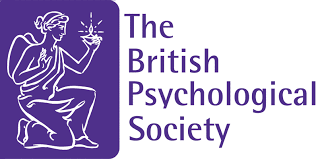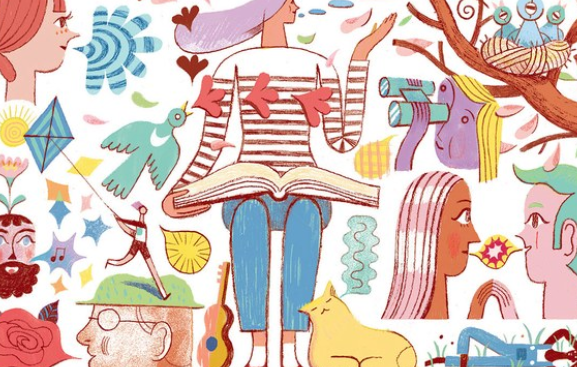It’s that moment that, as a parent, you may have dreamt about. Walking your child up to the shiny, new gates as their unscuffed shoes sparkle in the September sunlight and their delicate hand tightens its grip around yours as their new teacher opens the door with a warm and welcoming smile. Inside, your heart drops a little as you know you have to hand over the child, whom you have cuddled, cleaned, fed and picked up from their little scrapes and falls for the first few years of their life. For you both, an ending and a new beginning wrapped into one. My heart
quivers a little for you as I write.
As the Jewish Calendar and the seasons reminds us, change is continual and inevitable. This time of year is often profound in considering endings and beginnings. Young children do not yet have the emotional tools and language to express the anxiety, uncertainty, excitement and hope they may be feeling during transitions. Therefore, it is your role to support their development in this crucial area of their learning journey. Essentially, we need to nurture and support a child’s emotional literacy development. This being equally important and, contentiously, more so initially than a child’s ability to read and write.
Naturally, children find transitions anxiety-inducing, mainly because they are walking into the unknown. As adults, we can recognise that feeling and how our bodies are affected by it e.g. heart racing, nail biting and clammy palms. But how do we translate this empathy to our children? Reflective listening, recognition and naming of feelings is key. Talking to your child when they are in a calm state in the build-up to change is crucial. You could say to them, “I wonder if you may feel excited to play in the new home corner?” or, “Perhaps going into the school building and meeting lots of new faces might make you feel a bit worried? I remember that feeling when I went to work and I decided to try and remember two new names every day.” As parents and carers, it is very unsettling to see our children in emotional pain, but ultimately, they need to learn that these feelings ebb and flow. It is important children are supported in knowing they will not feel this separation anxiety forever. The way we tell our own narratives affects our children’s responses.
Preparation for the impending changes are key. This may mean playing “Going to School” at home with younger children and practising saying, “Hello” and “Goodbye.” Let them know that their heart may beat a little faster when they say, “Goodbye” (as will yours inevitably), but consider how they can self-calm and regulate these feelings. This may mean them saying, “I am worried” or it may mean them drawing a picture or picking a colour to use in a painting to represent these feelings. If you think your child will find it especially difficult to speak to teachers, encourage the use of a visual timetable, both at home and at school so your child knows what to expect when they go to school that day. For older children, it is about providing a reflective listening space, whilst recognising how adolescents tend to regress in terms of their emotional expression, impulsivity and regulation due to significant hormonal changes and those taking place in their brains.
By being emotionally present and empathic, we are building our children’s resilience. By lovingly teaching them that they can live with these feelings and move through them, they will be stronger. We need to support the development of children’s memory systems so that the next time a similar challenge occurs in their life, it will activate their memory and allow them to manage the situation more competently.
Tantrums often go hand in hand with new beginnings for children and adolescents alike. During the process of adaptation, it is essential that their basic needs are met.





